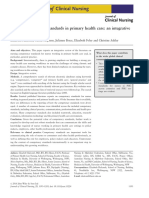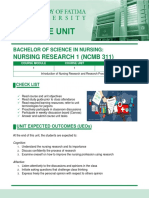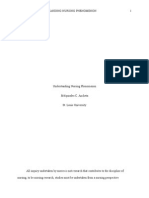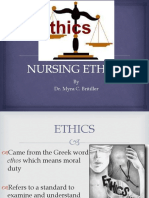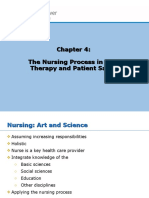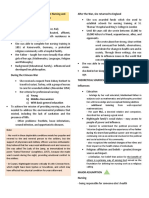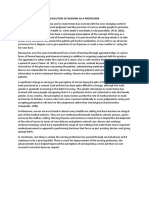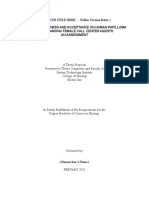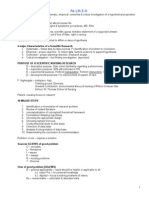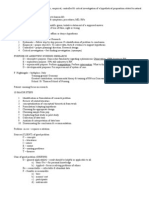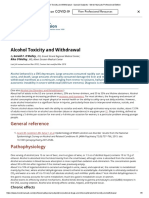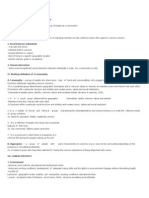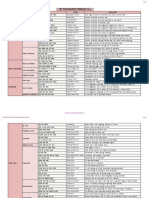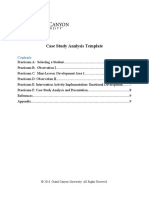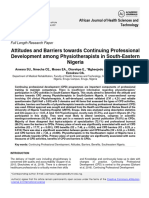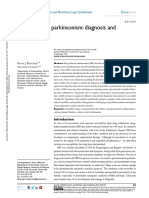0% found this document useful (0 votes)
185 views19 pagesResearch: Module On Nursing Research
This document provides an overview of nursing research. It defines key terms like research, phenomenon, and hypothesis. It describes the characteristics and purposes of scientific nursing research. The document outlines the focus of nursing research, major steps in the research process, sources of good problems, variables, and research design/methodology. It emphasizes that nursing research aims to study topics related to patient care, satisfaction, and safety through a systematic, empirical, and controlled critical investigation.
Uploaded by
aiyrahCopyright
© Attribution Non-Commercial (BY-NC)
We take content rights seriously. If you suspect this is your content, claim it here.
Available Formats
Download as DOC, PDF, TXT or read online on Scribd
0% found this document useful (0 votes)
185 views19 pagesResearch: Module On Nursing Research
This document provides an overview of nursing research. It defines key terms like research, phenomenon, and hypothesis. It describes the characteristics and purposes of scientific nursing research. The document outlines the focus of nursing research, major steps in the research process, sources of good problems, variables, and research design/methodology. It emphasizes that nursing research aims to study topics related to patient care, satisfaction, and safety through a systematic, empirical, and controlled critical investigation.
Uploaded by
aiyrahCopyright
© Attribution Non-Commercial (BY-NC)
We take content rights seriously. If you suspect this is your content, claim it here.
Available Formats
Download as DOC, PDF, TXT or read online on Scribd
/ 19


